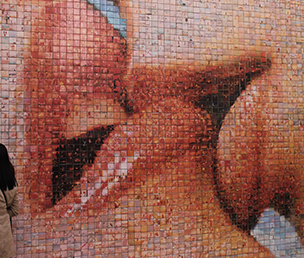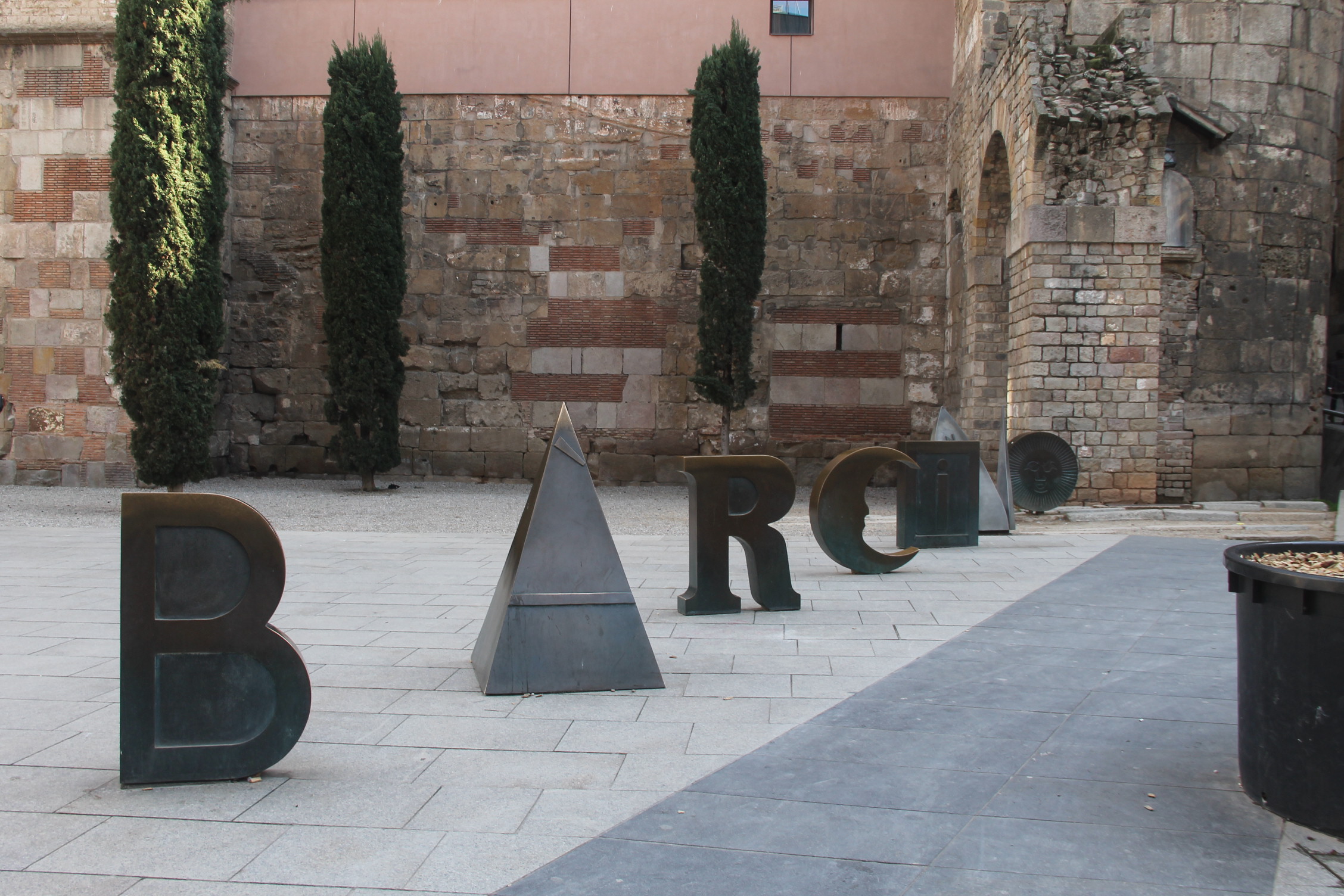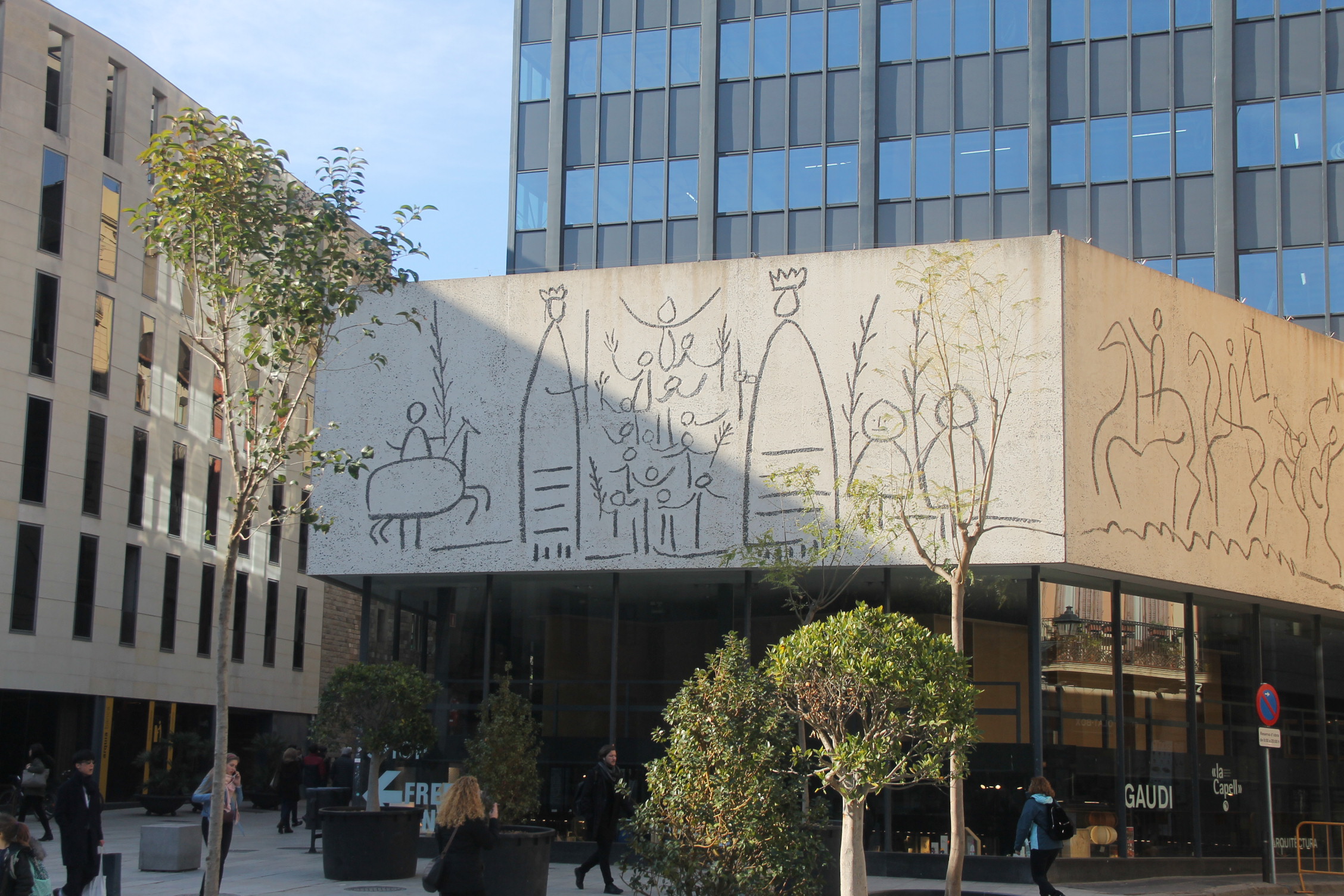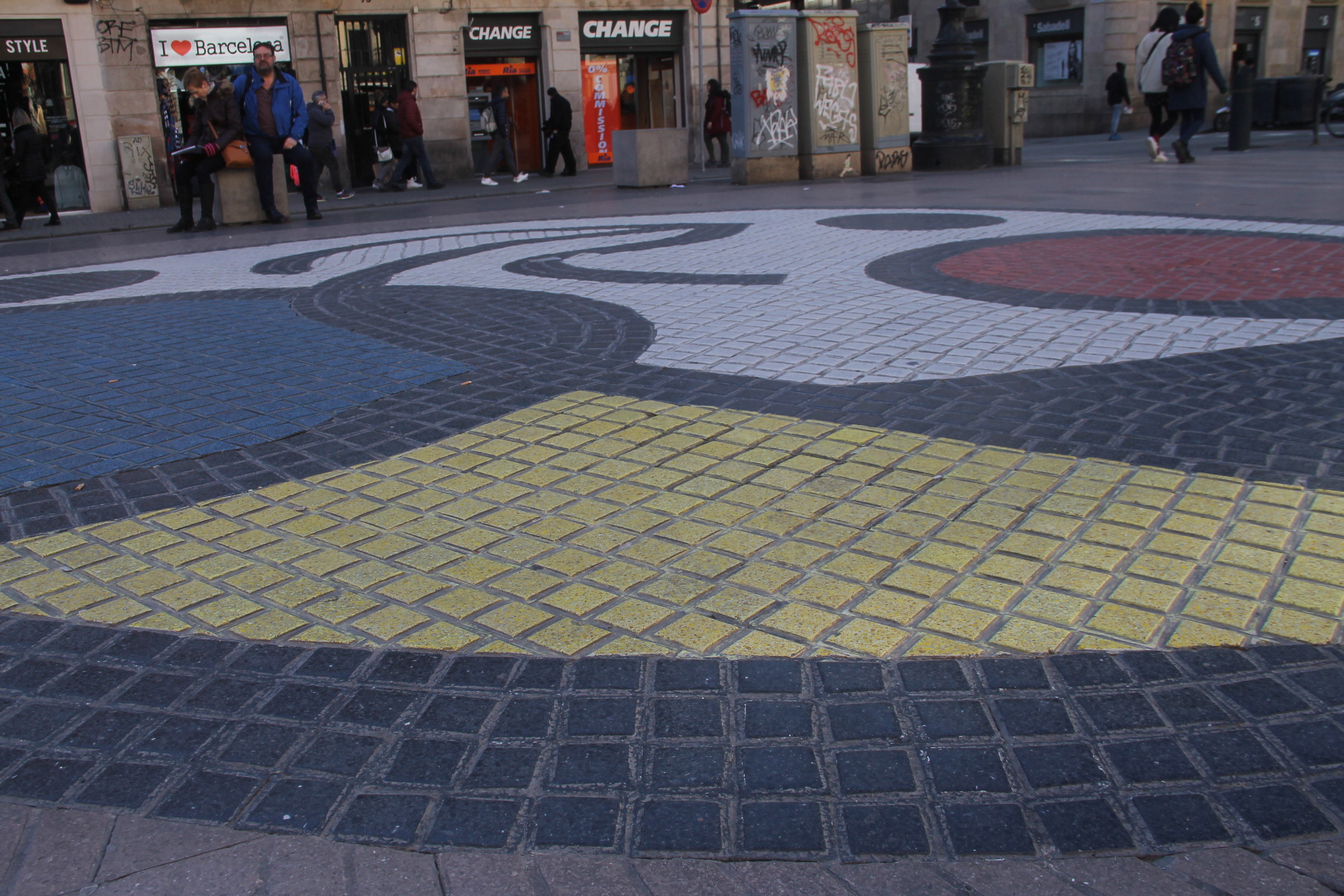Terms&Conditions
The service of UnPuzzle Barcelona is giving the individual access (the unique code) to an online service at the unpuzzlebcn.com/game domain as well as online support during the route. UnPuzzle Barcelona has the right to change the routes without changing their quality (the volume of information and number of questions) without prior consent of the users. The start of the quest is considered the activation of the unique code by entering it to the special window at the unpuzzlebcn.com/game page. The unactivated code may be used during 6 months from the date of its purchase. When the quest has started it is available during 10 days from its activation. These conditions may be changed for the quests created for special events and promotions. The un usage of the quest cannot be the reason to demand the return of the money. The customers are responsible for their health and personal belongings during the route all the time. Please be careful! UnPuzzle Barcelona is not responsible for any force-major events or accidents on the route (such as restoration works, closure os some objects due to some events, lack of internet connection) that may bother from completing some of the challenges. However, we will keep the routes updated with the most actual information and nice to walk and play.
Privacy policy
Your privacy is important to UnPuzzle Bcn, as is your trust in our products and services. We want you to know that the information you share with us will be treated with care. We never use your email for unsolicited emails and never provide them to any third parties without your consent. The information you share with us may be used by unpuzzlebcn.com only. It may also be shared in connection with the sale, transfer or financing of a significant part of a unpuzzlebcn.com business. We will not share your personal information with third parties other than these for their independent use without your permission.
Establishing Contact:
If the user shares personal data for the purpose of establishing contact, we will store this data only for as long as it is required for the purpose of communication, customer contact and project planning and implementation. Once the personal data is no longer required by us for these purposes, it will be immediately deleted.
Additionally, we collect anonymous technical data, such as the name of your internet service provider, internet browser and operating system, screen resolution and information about the websites that directed you to us, the number and date of your visits, your average time on our site and which of our websites you visited. This data is stored automatically. The evaluation is done anonymously and exclusively for statistical purposes with the goal of continuing to improve our web presence for you.
Transfer of Personal Data
UnPuzzle Bcn will not share your personal data with third parties, unless you have previously given your express permission or unless the transmission is required or permissible by law. We will in particular not sell or otherwise market your data to third parties. Transfers of data to government institutions and authorities is done only within the scope of mandatory national legal requirements. Our employees and partners are obligated by us to maintain secrecy and to comply with legal data protection regulations.
Cookies and Google Analytics
We use cookies in order to recognize you as a user during the use of the service and to store technical data for the correct functioning of the website on your computer. A cookie is a text file that is stored on your computer and which allows an analysis of your use of the website. With this cookie, we store only each random session and the serial number of your visit.
If you do not wish to use cookies, you can block their use in your browser. However, as a result of blocking cookies, it is possible that you may be unable to use certain areas of our website.
UnPuzzleBcn uses Google Analytics, a web analytics service of Google Inc. (“Google”). Google Analytics also uses cookies (see paragraph 5.1). The information generated by cookies about your use of the website is usually transferred to a Google service in the United States and stored there. In case IP anonymization is activated on this website, Google will truncate your IP address within the area of Member States of the European Union or other parties to the Agreement on the European Economic Area. Only in exceptional cases will the full IP address be first transferred to a Google server in the United States and truncated there. Google will use this information on the behalf of UnPuzzle Bcn as the operator of this website for the purpose of evaluating your use of our website, to compile reports for UnPuzzleBcn on website activities and for providing other services related to website use and internet use. The IP address that your browser sends as part of Google Analytics will not be associated with any other data held by Google. You may refuse the use of cookies by selecting the appropriate settings on your browser, however we would like to point out that if you do this, you may not be able to fully use all the functions of our website. You can also prevent the data generated by the cookie about your use of our website (including your IP address) from being sent to Google and the data from being processing by Google, by downloading and installing the browser plugin available at the following link: http://tools.google.com/dlpage/gaoptout?hl=en.
UnPuzzle Bcn uses the Google service Google Maps (“Google Maps API”) which provides you with more information. Certain data may be transmitted to Google when it is being used, but this is done anonymously.
Use of Data for Marketing Purposes / Consent
Based on your declaration of consent, UnPuzzle Bcn processes and uses your personal data when applicable for marketing activities, such as for sending emails with general information or advertising information (newsletters).
You can revoke your declarations of consent with us with future effect at any time. Additionally, if we use your personal information as permissible by law, for example for marketing activities by mail, you may object to this use.
All that is necessary in both cases is to send an email to the following address: info@upuzzlebcn.com
About Data Collected From Mobile Applications or Devices
When you download data, use our mobile applications or access one of our webpages optimized for mobile devices, we may, as described above in this declaration, collect information about you and your mobile device. This may include data about your location. We use this information to provide location-based services such as search results and other personalized content for you, if approved by you and your device. On most mobile devices, you can control or disable location services in the settings menu. If you have questions about how to disable location services on your device, we recommend that you contact your mobile service provider or the manufacturer of your device.
If we collect additional personal data which is transmitted as a result of your use of our mobile applications or your accessing our website with a mobile device, we will obtain your express consent in advance.
Data Collected From Other Sources
We may collect additional information about you from third parties in order to supplement our account information. This information may be, among other things, demographic and navigation data, credit check information, and information from credit reporting agencies, to the extent legally permissible.
Data Storage
Your personal data will be stored for only as long as necessary for the purposes stated in this privacy statement or for as long as we are required by law or legally obligated to store this information.
The right of Access, Rectification, Deletion
You have the right at any time to receive information free of charge about your personal data stored with us. If your data is stored incorrectly or wrongly by us, we will gladly correct, block or delete it. Please inform us of any changes to your data immediately.
Please, direct requests for information, questions, complaints or suggestions to the following address:
Changes to this site
Information may be changed or updated without notice. UnPuzzleBcn.com has no obligation to update information presented on this website, so information contained herein may be out of date at any given time. UnPuzzleBcn.com may also make improvements and/or changes in the products and/or programs described in this information at any time without notice.
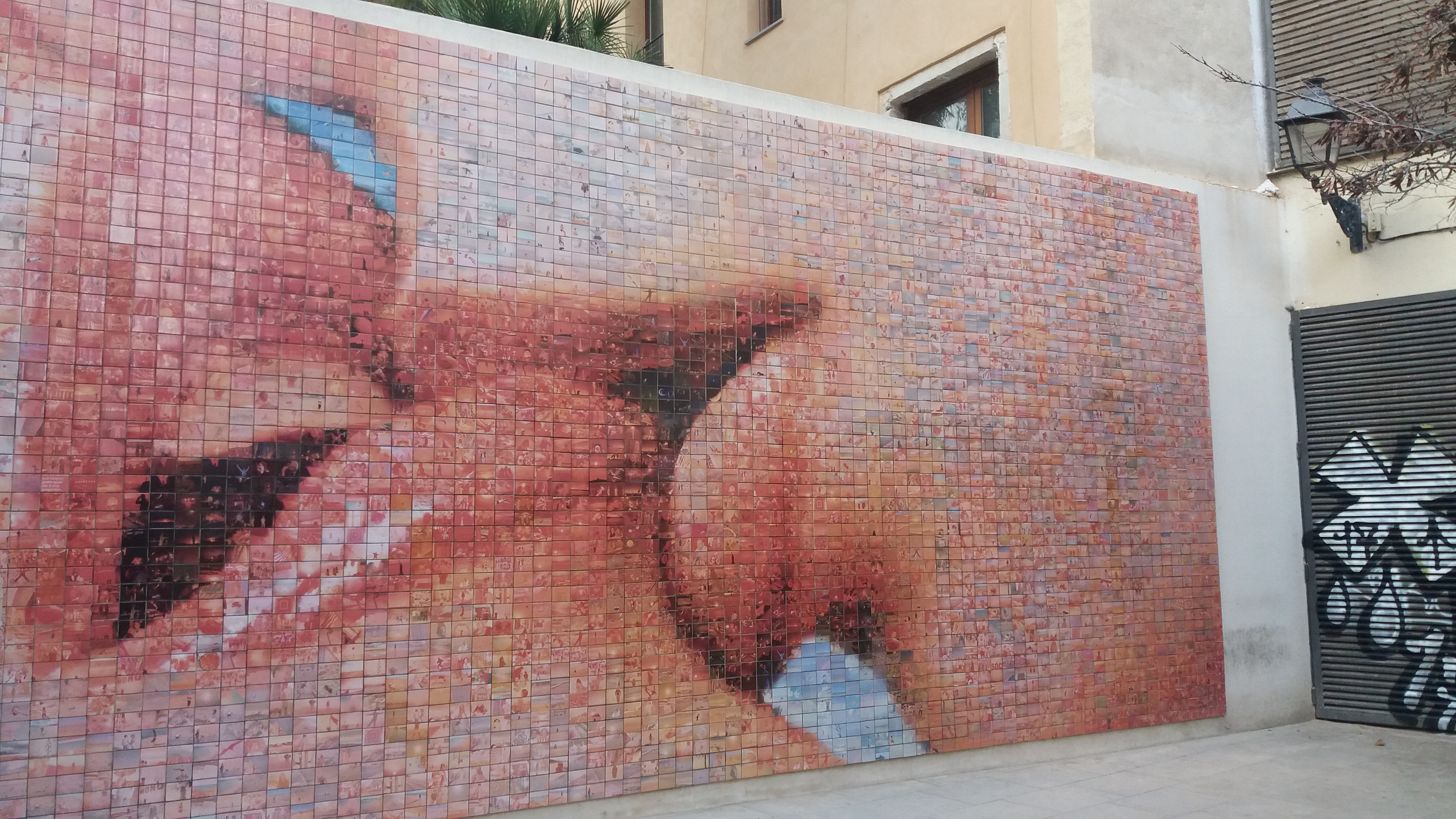






 info@unpuzzlebcn.com
info@unpuzzlebcn.com

